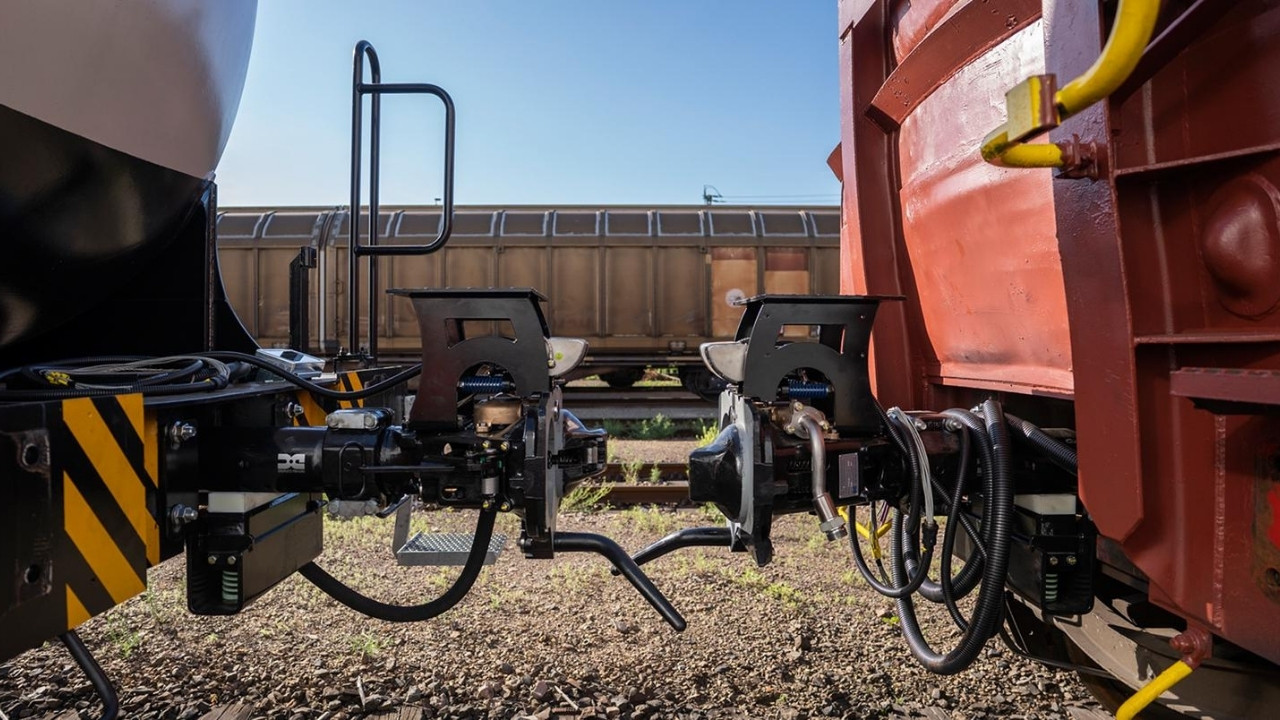
Couplers might seem like a small part of the big machinery world, but they play a huge role in making things work smoothly. Ever wondered how trains stay connected or how certain tools fit together perfectly? That’s the magic of couplers! These handy devices come in various shapes and sizes, each designed for a specific job. From connecting train cars to linking hoses, couplers ensure everything stays securely attached. Understanding couplers can help you appreciate the engineering marvels around us. Ready to learn some cool facts about these unsung heroes? Let’s dive into the world of couplers and uncover their secrets!
What Are Couplers?
Couplers are essential components in various industries, connecting different parts to ensure smooth operation. They come in many forms, each designed for specific applications. Here are some interesting facts about couplers.
-
Couplers are connectors used to join two separate components, often in machinery or vehicles.
-
Railway couplers link train cars together, allowing them to move as a single unit.
-
Automotive couplers connect different parts of a vehicle's drivetrain, ensuring power is transmitted efficiently.
-
Hydraulic couplers join hydraulic lines, enabling fluid transfer between components.
-
Electrical couplers connect electrical circuits, allowing current to flow between them.
Types of Couplers
Different types of couplers serve various purposes. Each type has unique features and applications.
-
Rigid couplers provide a solid connection between two shafts, ensuring no relative motion.
-
Flexible couplers allow for some movement between connected parts, accommodating misalignment.
-
Universal joints are a type of flexible coupler that can transmit torque at various angles.
-
Oldham couplers consist of three parts and can handle parallel misalignment.
-
Jaw couplers use a spider-shaped insert to connect two hubs, reducing vibration.
Couplers in Everyday Life
Couplers are not just for industrial use; they are also found in everyday items.
-
Garden hose couplers connect hoses to faucets or other hoses, making watering easier.
-
Audio couplers link different audio devices, such as speakers and amplifiers.
-
Camera lens couplers attach lenses to camera bodies, allowing photographers to switch lenses quickly.
-
Bicycle chain couplers connect chain links, making it easier to repair or replace chains.
-
Plumbing couplers join pipes, ensuring a leak-free connection.
Historical Facts About Couplers
Couplers have a rich history, evolving over time to meet changing needs.
-
The first railway couplers were simple chains and hooks, used in the early 19th century.
-
Janney couplers, invented in 1873, revolutionized railway safety by automatically locking train cars together.
-
The Oldham coupler was invented by John Oldham in 1821 to solve misalignment issues in steam engines.
-
Hydraulic couplers became essential in the 20th century with the rise of hydraulic machinery.
-
Modern automotive couplers have evolved to handle the increased power and complexity of today's vehicles.
Fun Facts About Couplers
Couplers can be fascinating, with some surprising and fun facts.
-
Couplers can be tiny or massive, ranging from small electrical connectors to large railway couplers.
-
Some couplers are magnetic, using magnets to create a secure connection without physical contact.
-
Quick-release couplers allow for fast and easy disconnection, often used in emergency situations.
-
Couplers can be made from various materials, including metal, plastic, and rubber.
-
Some couplers are designed to break away under stress, preventing damage to connected components.
Couplers in Technology
Technology has driven the development of new and improved couplers.
-
Fiber optic couplers split or combine light signals in fiber optic networks.
-
USB couplers connect USB devices, enabling data transfer and charging.
-
RF couplers are used in radio frequency applications to split or combine signals.
-
Bluetooth couplers allow wireless devices to communicate with each other.
-
Ethernet couplers connect network cables, extending the reach of wired networks.
Couplers in Construction
In construction, couplers play a crucial role in ensuring structural integrity.
-
Rebar couplers connect reinforcing bars in concrete structures, providing strength and stability.
-
Scaffolding couplers join scaffolding poles, creating a safe working platform for construction workers.
-
Pipe couplers connect sections of pipe, ensuring a secure and leak-free connection in plumbing and gas systems.
Final Thoughts on Couplers
Couplers might seem like a small part of machinery, but they play a huge role in various industries. From connecting train cars to ensuring the smooth operation of heavy equipment, these devices are essential. Understanding the different types and their uses can help you appreciate their importance even more. Whether it's a rotary coupler in a train or a quick coupler on a construction site, each type has its unique function. Knowing these facts can make you more informed and maybe even spark an interest in mechanical engineering. So next time you see a train or a piece of heavy machinery, you'll know a bit more about what makes it all work smoothly. Couplers, though often overlooked, are truly fascinating components that keep our world moving.
Was this page helpful?
Our commitment to delivering trustworthy and engaging content is at the heart of what we do. Each fact on our site is contributed by real users like you, bringing a wealth of diverse insights and information. To ensure the highest standards of accuracy and reliability, our dedicated editors meticulously review each submission. This process guarantees that the facts we share are not only fascinating but also credible. Trust in our commitment to quality and authenticity as you explore and learn with us.
